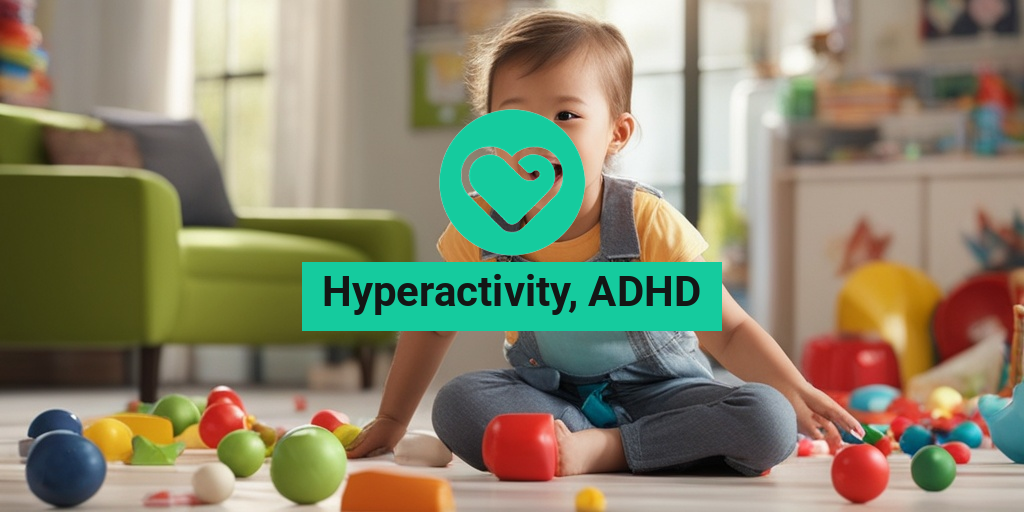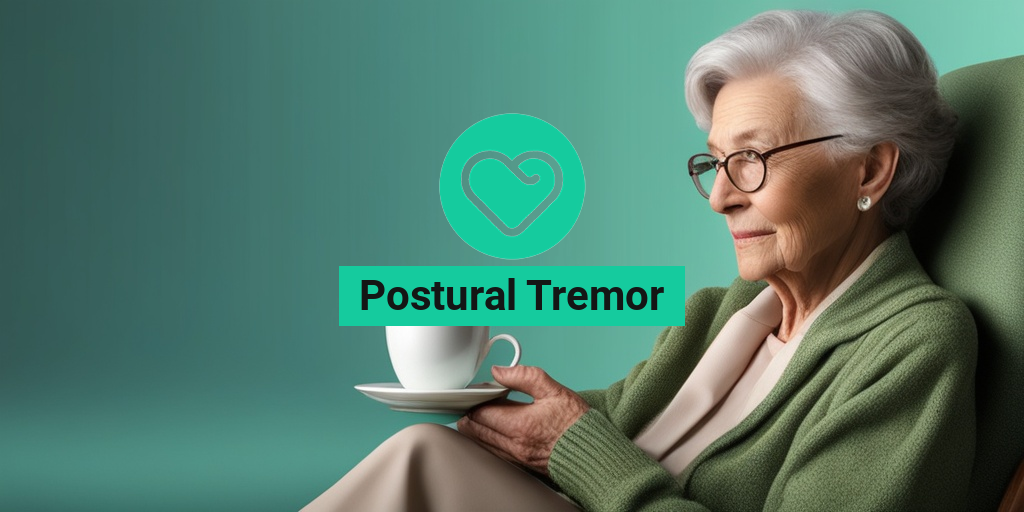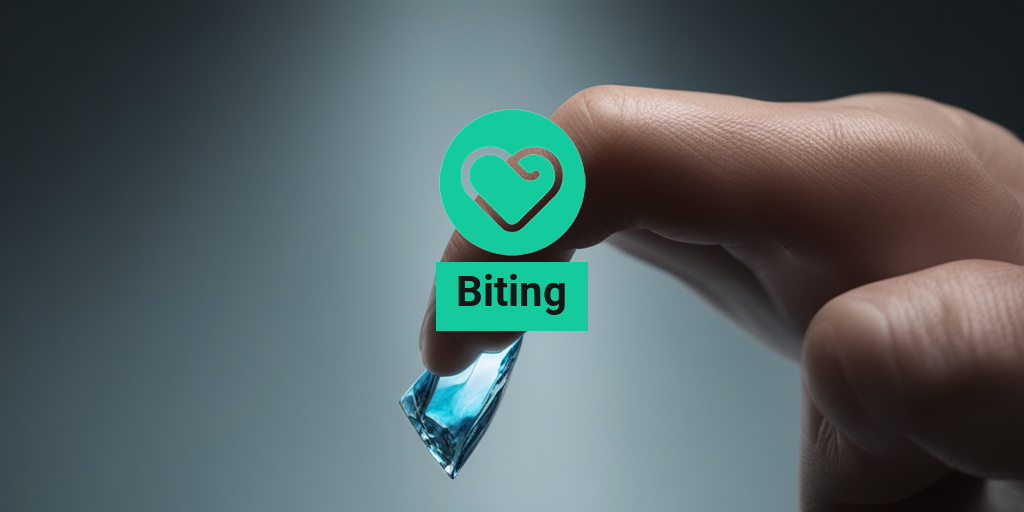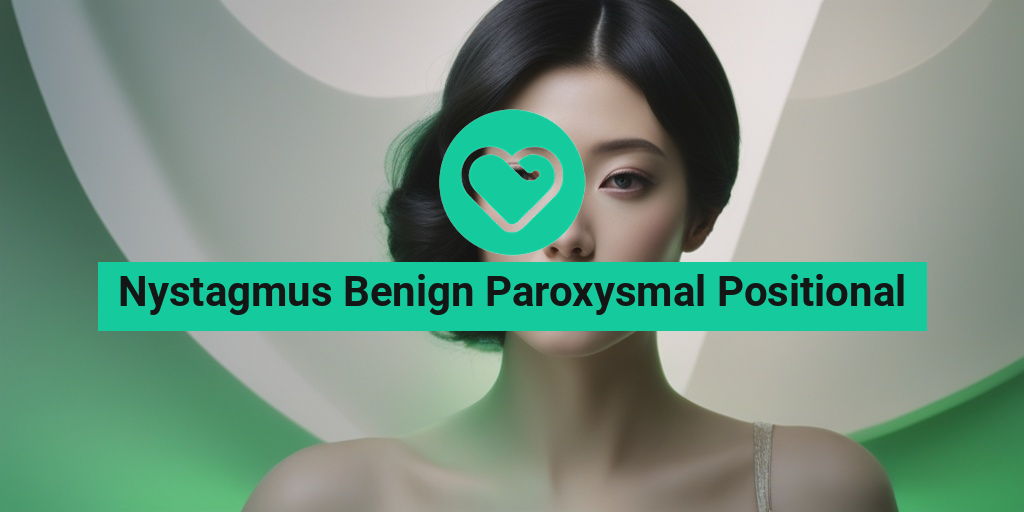What is Hyperactivity?
Have you ever felt like you just can’t sit still? Like your body is constantly buzzing with energy, and your mind is racing with thoughts? That’s what it’s like to experience hyperactivity. But what exactly is hyperactivity, and how does it affect our daily lives?
The Definition of Hyperactivity
Hyperactivity is a state of excessive physical or mental activity, often accompanied by feelings of restlessness, fidgeting, and impatience. It’s like having a constant “on” switch, where your body and mind are always revved up and ready to go. In some cases, hyperactivity can be a symptom of an underlying condition, such as Attention Deficit Hyperactivity Disorder (ADHD).
What Does Hyperactivity Look Like?
Hyperactivity can manifest in different ways, depending on the individual. Some common signs of hyperactivity include:
- Fidgeting or restlessness, such as tapping hands or feet, or getting up and down from a seat
- Difficulty sitting still or staying focused during tasks or activities
- Feeling constantly “on the go” or like you’re always in a hurry
- Difficulty relaxing or calming down, even in quiet or peaceful environments
For some people, hyperactivity can be a minor annoyance, while for others, it can be a major obstacle to daily life. Either way, understanding what hyperactivity is and how it affects us is the first step towards finding ways to manage it.
What is ADHD?
Now that we’ve talked about hyperactivity, let’s dive into the world of ADHD. ADHD, or Attention Deficit Hyperactivity Disorder, is a neurodevelopmental disorder that affects both children and adults. But what exactly is ADHD, and how does it relate to hyperactivity?
The Definition of ADHD
ADHD is a chronic condition characterized by symptoms of inattention, hyperactivity, and impulsivity. It’s a complex condition that affects not only attention and focus but also impulse control and emotional regulation. In other words, ADHD is not just about being hyperactive or easily distracted – it’s a multifaceted condition that affects many aspects of daily life.
What Are the Symptoms of ADHD?
The symptoms of ADHD can vary from person to person, but common signs include:
- Inattention: difficulty sustaining focus, following instructions, or completing tasks
- Hyperactivity: fidgeting, restlessness, or feeling constantly “on the go”
- Impulsivity: interrupting others, blurting out answers, or having trouble waiting for one’s turn
ADHD can affect anyone, regardless of age, gender, or background. While it’s often associated with children, ADHD can persist into adulthood, and many adults are only diagnosed later in life.
If you’re struggling with hyperactivity or ADHD, remember that you’re not alone. There are many resources available to help you manage your symptoms and improve your quality of life. From therapy and medication to lifestyle changes and support groups, there’s hope for finding relief and living a more balanced life. 💪
For evidence-based health answers and personalized guidance, consider consulting with a healthcare professional or exploring resources like Yesil Health AI. With the right support and strategies, you can learn to manage your hyperactivity and thrive with ADHD. 🌟

Hyperactivity vs. ADHD: What’s the Difference?
When it comes to understanding hyperactivity and ADHD, it’s easy to get the two terms mixed up. While they’re related, they’re not exactly the same thing. So, what’s the difference?
Defining Hyperactivity
Hyperactivity refers to a state of excessive physical or mental activity. It’s characterized by fidgeting, restlessness, and an inability to remain still or focus. People with hyperactivity may exhibit impulsive behavior, have trouble sitting still, or feel an overwhelming urge to move constantly.
Defining ADHD
Attention Deficit Hyperactivity Disorder (ADHD) is a neurodevelopmental disorder that affects both children and adults. It’s characterized by symptoms of inattention, hyperactivity, and impulsivity. ADHD can manifest in different ways, including:
- Inattentive type: Difficulty paying attention, following instructions, or completing tasks.
- Hyperactive-impulsive type: Fidgeting, restlessness, and impulsive behavior.
- Combined type: A combination of inattentive and hyperactive-impulsive symptoms.
The Connection Between Hyperactivity and ADHD
Hyperactivity is one of the core symptoms of ADHD. In fact, hyperactivity is a hallmark symptom of ADHD. However, not everyone with hyperactivity has ADHD, and not everyone with ADHD exhibits hyperactivity. It’s essential to understand that hyperactivity can be a symptom of other conditions, such as anxiety, sleep disorders, or sensory processing issues.
So, what’s the takeaway? While hyperactivity is a key component of ADHD, they’re not interchangeable terms. Hyperactivity is a symptom, whereas ADHD is a neurodevelopmental disorder that encompasses a range of symptoms, including hyperactivity.
Causes of Hyperactivity in Children
Hyperactivity in children can be caused by a combination of genetic, environmental, and neurobiological factors. Some of the potential causes of hyperactivity in children include:
Genetics
Research suggests that genetics play a significant role in the development of ADHD and hyperactivity. If a child has a family history of ADHD, they’re more likely to exhibit hyperactive symptoms.
Brain Structure and Function
Studies have shown that children with ADHD and hyperactivity tend to have differences in brain structure and function, particularly in regions responsible for attention and impulse control.
Environmental Factors
Environmental factors, such as exposure to toxins, prenatal smoking, and maternal stress during pregnancy, may contribute to the development of hyperactivity in children.
While the exact causes of hyperactivity in children are still not fully understood, research continues to uncover the complex interplay of genetic, environmental, and neurobiological factors that contribute to this condition.
🤔 Do you have any questions about hyperactivity and ADHD? Share your thoughts in the comments below! 💬

Signs and Symptoms of Hyperactivity
Hyperactivity, a core symptom of Attention Deficit Hyperactivity Disorder (ADHD), can manifest in various ways, making it essential to recognize the signs and symptoms to provide timely intervention and support. In this section, we’ll delve into the common signs and symptoms of hyperactivity, helping you better understand this complex condition.
Physical Symptoms
Individuals with hyperactivity often exhibit excessive physical energy, leading to:
- Fidgeting or restlessness, especially in quiet environments
- Squirming or leaving their seat when expected to remain seated
- Running, climbing, or engaging in other physical activities excessively
- Trouble engaging in leisure activities quietly
Behavioral Symptoms
Beyond physical symptoms, hyperactivity can also manifest in behavioral patterns, such as:
- Difficulty waiting for their turn or interrupting others
- Blurting out answers before the question is complete
- Struggling to engage in conversations or activities quietly
- Displaying impatience or frustration when waiting for others
Emotional Symptoms
Hyperactivity can also impact emotional regulation, leading to:
- Mood swings or irritability
- Explosive outbursts or emotional reactivity
- Trouble calming down or relaxing
- Feeling overwhelmed or anxious in certain situations
How is Hyperactivity Diagnosed?
Diagnosing hyperactivity, especially in children, can be a complex process. A comprehensive evaluation involves a multidisciplinary approach, incorporating input from parents, teachers, and healthcare professionals.
Diagnostic Criteria
The Diagnostic and Statistical Manual of Mental Disorders, 5th Edition (DSM-5) outlines specific criteria for diagnosing ADHD, including hyperactivity:
- A persistent pattern of inattention and/or hyperactivity-impulsivity
- At least six symptoms of inattention and/or hyperactivity-impulsivity
- Symptoms present in two or more settings (e.g., home, school, work)
- Symptoms causing significant impairment in social, academic, or occupational functioning
Diagnostic Tools and Assessments
Healthcare professionals may use various diagnostic tools and assessments to evaluate hyperactivity, including:
- Behavioral rating scales, such as the Vanderbilt Assessment Scale
- Parent and teacher reports, like the Conners’ Rating Scales
- Clinical interviews and observations
- Neuropsychological tests, such as the Test of Variables of Attention (TOVA)
By understanding the signs and symptoms of hyperactivity and the diagnostic process, you can better support individuals with ADHD and help them thrive. 💡

Treatment Options for Hyperactivity and ADHD
When it comes to managing hyperactivity and ADHD, there are several treatment options available. While there is no cure for ADHD, these treatments can help alleviate symptoms and improve daily functioning. Let’s dive into the most common treatment options:
Medications
Medications are often the first line of treatment for ADHD. There are two main types of medications used to treat ADHD: stimulants and non-stimulants.
- Stimulants: These medications, such as Ritalin and Adderall, work by increasing the levels of dopamine and norepinephrine in the brain, which helps regulate attention and impulse control.
- Non-stimulants: These medications, such as Strattera, work by increasing the levels of norepinephrine in the brain, which helps regulate attention and impulse control.
Behavioral Therapy
Behavioral therapy is a type of psychotherapy that helps individuals with ADHD identify and change negative thought patterns and behaviors. There are several types of behavioral therapy, including:
- Cognitive-behavioral therapy (CBT): This type of therapy helps individuals identify and change negative thought patterns and behaviors.
- Behavioral modification: This type of therapy helps individuals learn new skills and behaviors to manage ADHD symptoms.
Lifestyle Changes
In addition to medications and behavioral therapy, making lifestyle changes can also help manage hyperactivity and ADHD. This includes:
- Regular exercise: Regular exercise, especially aerobic exercise, can help reduce ADHD symptoms.
- Healthy diet: Eating a healthy diet rich in fruits, vegetables, and whole grains can help alleviate ADHD symptoms.
- Getting enough sleep: Getting enough sleep is essential for managing ADHD symptoms.
Lifestyle Changes to Manage Hyperactivity
In addition to treatment options, making lifestyle changes can also help manage hyperactivity and ADHD. Here are some lifestyle changes that can help:
Exercise and Physical Activity
Regular exercise, especially aerobic exercise, can help reduce ADHD symptoms. Exercise can help:
- Improve focus and concentration: Exercise has been shown to improve focus and concentration in individuals with ADHD.
- Reduce stress and anxiety: Exercise can help reduce stress and anxiety, which can exacerbate ADHD symptoms.
Diet and Nutrition
Eating a healthy diet rich in fruits, vegetables, and whole grains can help alleviate ADHD symptoms. A healthy diet can:
- Provide essential nutrients: A healthy diet provides essential nutrients, such as omega-3 fatty acids, that are important for brain function.
- Reduce symptoms: A healthy diet can help reduce ADHD symptoms, such as hyperactivity and impulsivity.
Sleep and Relaxation
Getting enough sleep and practicing relaxation techniques can help manage hyperactivity and ADHD. This includes:
- Getting enough sleep: Getting enough sleep is essential for managing ADHD symptoms.
- Practicing relaxation techniques: Practicing relaxation techniques, such as meditation and deep breathing, can help reduce stress and anxiety.
By incorporating these lifestyle changes into your daily routine, you can better manage hyperactivity and ADHD. Remember, everyone is unique, and it may take some trial and error to find the right combination of treatments and lifestyle changes that work best for you. 💪

Frequently Asked Questions about Hyperactivity and ADHD
Get answers to your most pressing questions about hyperactivity and ADHD.
What is Hyperactivity in ADHD?
Hyperactivity is a core symptom of Attention Deficit Hyperactivity Disorder (ADHD). It is characterized by excessive fidgeting, restlessness, and feeling constantly “on the go.” People with hyperactivity may have trouble sitting still, staying focused, and controlling their impulses.
What are the Symptoms of Hyperactivity in ADHD?
Common symptoms of hyperactivity in ADHD include:
- Fidgeting or restlessness
- Difficulty staying seated or still
- Feeling constantly “on the go” or restless
- Trouble controlling impulses
- Difficulty waiting for one’s turn or interrupting others
How is Hyperactivity in ADHD Diagnosed?
Diagnosing hyperactivity in ADHD typically involves a comprehensive evaluation by a qualified healthcare professional. This may include:
- A thorough medical history
- A physical exam
- Behavioral observations
- Rating scales and questionnaires
- Neuropsychological tests
What are the Treatment Options for Hyperactivity in ADHD?
Treatment for hyperactivity in ADHD usually involves a combination of medication and behavioral therapy. Medications such as stimulants and non-stimulants can help reduce symptoms, while behavioral therapy can help individuals develop coping strategies and improve impulse control.
Can Hyperactivity in ADHD be Managed Without Medication?
Yes, it is possible to manage hyperactivity in ADHD without medication. Behavioral therapy, lifestyle changes, and alternative therapies such as yoga and mindfulness can be effective in reducing symptoms. However, it’s essential to work with a qualified healthcare professional to develop a personalized treatment plan.
How Does Hyperactivity in ADHD Affect Daily Life?
Hyperactivity in ADHD can significantly impact daily life, making it challenging to:
- Complete tasks and projects
- Maintain relationships
- Manage emotions
- Focus and concentrate
- Control impulses
Is Hyperactivity in ADHD More Common in Children or Adults?
Hyperactivity in ADHD can affect individuals of all ages, including children and adults. While it’s more commonly associated with children, many adults also experience hyperactivity as a symptom of ADHD.
Can Hyperactivity in ADHD be Misdiagnosed?
Yes, hyperactivity in ADHD can be misdiagnosed or misunderstood. It’s essential to work with a qualified healthcare professional to rule out other conditions that may mimic ADHD symptoms, such as anxiety or sleep disorders.
How Can I Cope with Hyperactivity in ADHD?
Coping with hyperactivity in ADHD requires a combination of strategies, including:
- Exercise and physical activity
- Mindfulness and relaxation techniques
- Structure and routine
- Break tasks into smaller steps
- Seeking support from family, friends, or a therapist
Remember, hyperactivity in ADHD is a manageable condition. With the right treatment and coping strategies, individuals can learn to thrive and reach their full potential 💪.




